This guide explores the fascinating world of the Peacock Butterfly, from its intriguing life cycle and unique defense mechanisms to its symbolic meaning in different cultures and the crucial role of its host plant.
Unveiling the Life Cycle of the Peacock Butterfly
The Peacock Butterfly’s life cycle is a captivating display of transformation. It begins with tiny green eggs meticulously laid on the underside of stinging nettle leaves, usually in sunny locations. These eggs hatch into small, black caterpillars covered in white spots and spiky bristles. These caterpillars feed exclusively on stinging nettles, growing rapidly and molting several times.
Next, the caterpillar forms a chrysalis, a protective casing where the magical metamorphosis occurs. Inside, the caterpillar transforms into a stunning adult butterfly. After about two weeks, the chrysalis splits open, revealing the vibrant adult Peacock Butterfly ready to take its first flight. This remarkable journey from a tiny egg to a magnificent butterfly is a testament to the wonders of nature. [https://www.lolaapp.com/partridge-cochin]
The Importance of Stinging Nettles
Stinging nettles (Urtica dioica) are not merely a nuisance; they are the lifeblood of Peacock Butterfly caterpillars. [https://www.lolaapp.com/partridge-cochin-chicken] The female butterfly deliberately chooses nettles as the host plant, providing her offspring with an immediate food source upon hatching. The caterpillars are uniquely adapted to tolerate the nettle’s sting, possibly even gaining some protection from predators who avoid the prickly plant. Some researchers suggest that the nettles may even provide a form of chemical defense for the caterpillars, making them less palatable to predators. Ongoing research continues to explore the intricacies of this relationship, including the specific nutritional components of nettles essential for larval development.
Decoding the Peacock’s Defense Strategy
The Peacock Butterfly’s beauty is matched by its ingenuity. When threatened by a predator, such as a bird, the butterfly quickly flashes its wings, revealing striking “eyes” – large, circular patterns that mimic the eyes of a much larger creature. This sudden display, combined with a hissing sound produced by rubbing its wings together, often startles the predator, giving the butterfly a chance to escape.
Monogamy and Lifespan
Interestingly, Peacock Butterflies are thought to be monogamous, remaining with a single partner throughout their adult lives. While the adult lifespan of a Peacock Butterfly is around 10-12 months, they spend a significant portion of this time hibernating through the winter, often in buildings or trees. They emerge in early spring, adding a splash of color to the newly awakened landscape.
Habitat and Distribution: Where to Find These Winged Wonders
Peacock Butterflies are widespread across Europe and temperate Asia, extending as far east as Japan. They thrive in diverse habitats, including woodlands, meadows, gardens, and parks, demonstrating their adaptability. They are particularly drawn to areas rich in nectar-producing flowers, such as Buddleia (the butterfly bush), and, of course, patches of stinging nettles essential for their caterpillars.
Conservation Status: Protecting Our Peacock Pals
While Peacock Butterflies are generally common, regional declines have been observed in some areas, likely due to habitat loss from development and the harmful effects of pesticides. Conservation initiatives focus on habitat restoration, promoting sustainable practices that minimize pesticide use, and increasing public awareness of the butterfly’s ecological importance. Ongoing research is investigating the potential impacts of climate change on their distribution and behavior, providing valuable insights for conservation strategies.
How Common are Peacock Butterflies in the UK?
Peacock Butterflies are a frequent sight across the UK, thriving in various habitats, from gardens and parks to woodlands and coastal areas. Their abundance is evident in their widespread distribution and regular sightings, especially during warmer months. While not rare, ongoing research continues to monitor their population dynamics and regional variations, providing a deeper understanding of factors influencing their numbers. Their adaptability and preference for readily available nectar sources, such as buddleia, likely contribute to their success. However, like all butterfly species, they remain sensitive to environmental changes, highlighting the ongoing need for monitoring and conservation efforts. Citizen science projects play a crucial role in gathering widespread data on these butterflies, contributing to a comprehensive understanding of their status and helping ensure their continued presence in the UK landscape.
Exploring the Symbolic Meaning of the Peacock Butterfly in Chinese Culture
While the European Peacock Butterfly (Aglais io) is not directly tied to traditional Chinese symbolism, butterflies in general hold significant cultural meaning in China. They are often associated with joy, longevity, and good fortune. Further research is needed to determine if a specific butterfly species referred to as the “Chinese peacock butterfly” exists and holds unique symbolic significance in Chinese culture. This research should focus on Chinese art, literature, and folklore to explore potential connections to themes of transformation, beauty, and prosperity.
Understanding the Peacock Butterfly’s Dependence on its Host Plant
The Peacock Butterfly’s life cycle is inextricably linked to the stinging nettle (Urtica dioica). This plant serves as the primary, and often exclusive, food source for the butterfly’s larval stage. The female butterfly carefully selects nettle patches in sunny locations, laying clusters of up to 500 eggs on the underside of leaves. Upon hatching, the caterpillars immediately begin feeding on the nettles, their survival utterly dependent on this single plant. This specialization, while potentially risky, highlights the intricate interconnectedness of ecosystems and underscores the vital role even seemingly undesirable plants play. Research suggests that Peacock butterfly larvae may occasionally utilize other plants, such as hops, offering a potential safety net in changing environmental conditions.
| Feature | Details |
|---|---|
| Scientific Name | Aglais io (formerly Inachis io) |
| Wingspan | Roughly 5-6 cm |
| Appearance | Vibrant orange-brown wings with distinctive “eye” markings, iridescent blue patches. |
| Distribution | Europe, temperate Asia (including Japan) |
| Habitat | Diverse habitats including woodlands, meadows, gardens, parks. |
| Life Cycle | Egg -> Caterpillar -> Chrysalis -> Adult |
| Diet | Adults: nectar from various flowers (especially Buddleia); Caterpillars: Stinging Nettles (Urtica dioica), possibly hops. |
| Defense Mechanism | Flashes wings revealing “eyes” and produces a hissing sound. |
| Mating | Thought to be monogamous. |
| Lifespan | Adult lifespan around 10-12 months, including hibernation. |
| Conservation Status | Generally common, but regional declines highlight the need for ongoing monitoring and conservation efforts. |
| Ongoing Research | Investigating effects of climate change, specific mating habits, navigation behavior, detailed larval nutritional needs, the role of alternative host plants, and population dynamics. |
By understanding and appreciating these captivating creatures, we can contribute to their continued survival and enjoy their presence in our world for generations to come.
- Unlock Elemental 2 Secrets: Actionable Insights Now - April 2, 2025
- Lot’s Wife’s Name: Unveiling the Mystery of Sodom’s Fall - April 2, 2025
- Photocell Sensors: A Complete Guide for Selection and Implementation - April 2, 2025
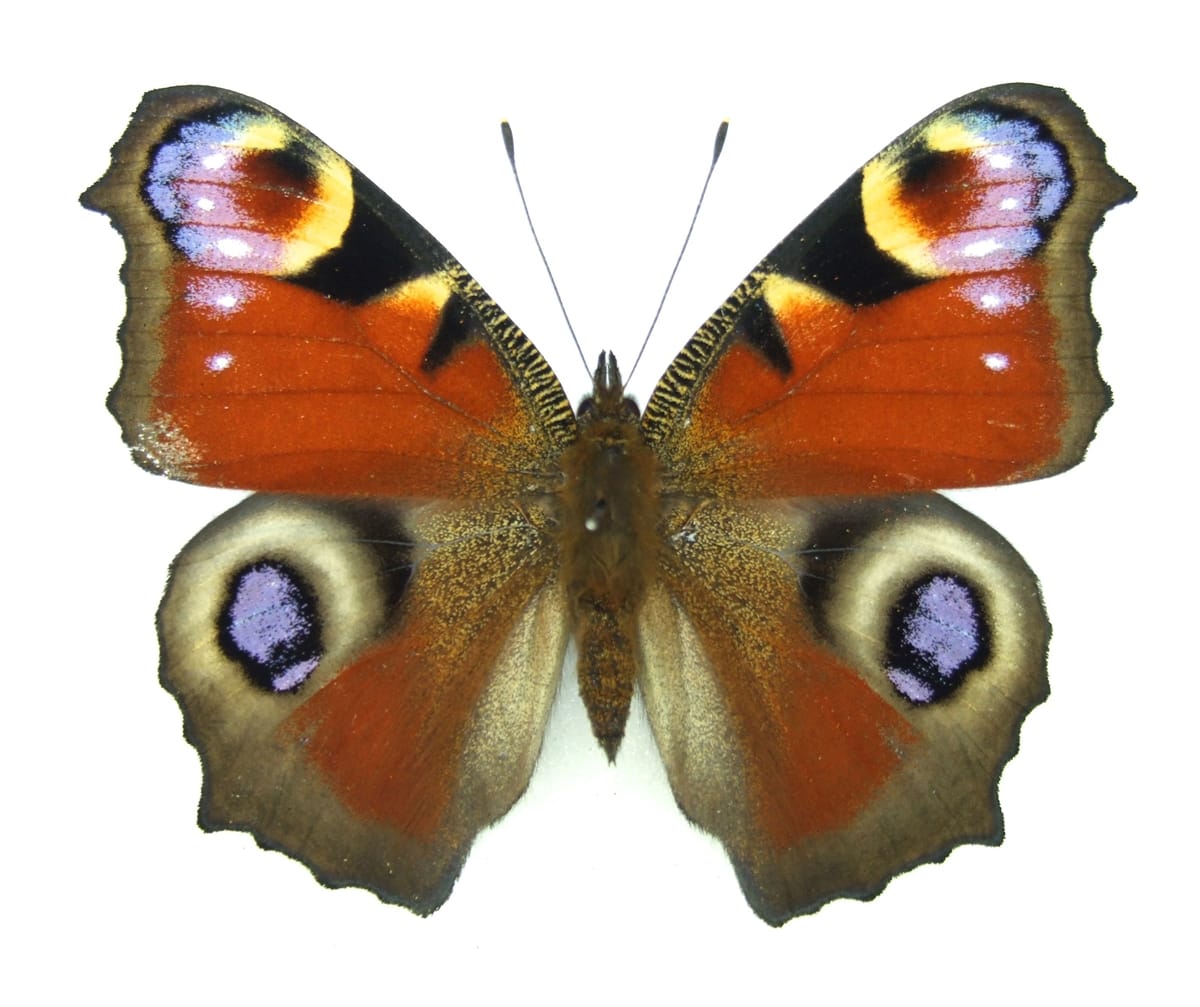
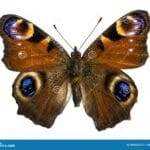
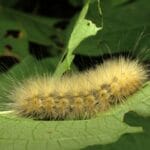
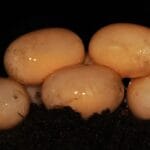

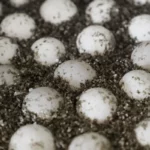











2 thoughts on “The Peacock Butterfly (Inachis io/Aglais io): A Comprehensive Guide to its Life Cycle, Habitat, and Conservation”
Comments are closed.